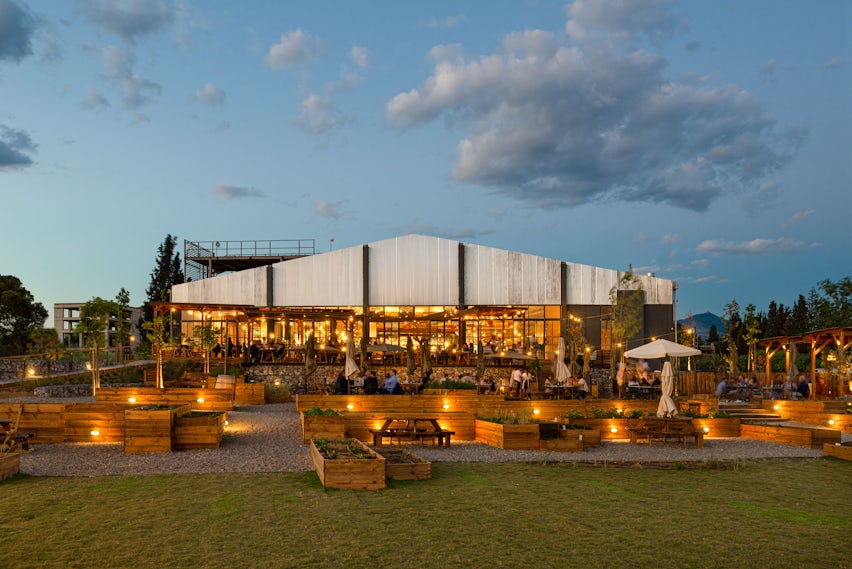Architects: Want to have your project featured? Showcase your work through Architizer and sign up for our inspirational newsletters.
Arches have existed in the architectural lexicon since at least Mesopotamian era over 4000 years ago. They then became widely adopted in Roman architecture two millennia later, where timeless structures like the Roman aqueducts epitomized human ingenuity and innovation. Yet, today arches have lost some of their luster: they are synonymous more with ancient ruins than modern constructions and fail to awe as much as they used to.
Fortunately, these projects are making arches innovative and exciting once again. Whether by incorporating new colors and materials or by refurbishing old structures, they make a convincing case that arches should not be relegated to antiquity.
House S2
By BELLAFILARQUITECTES, L’Escala, Spain
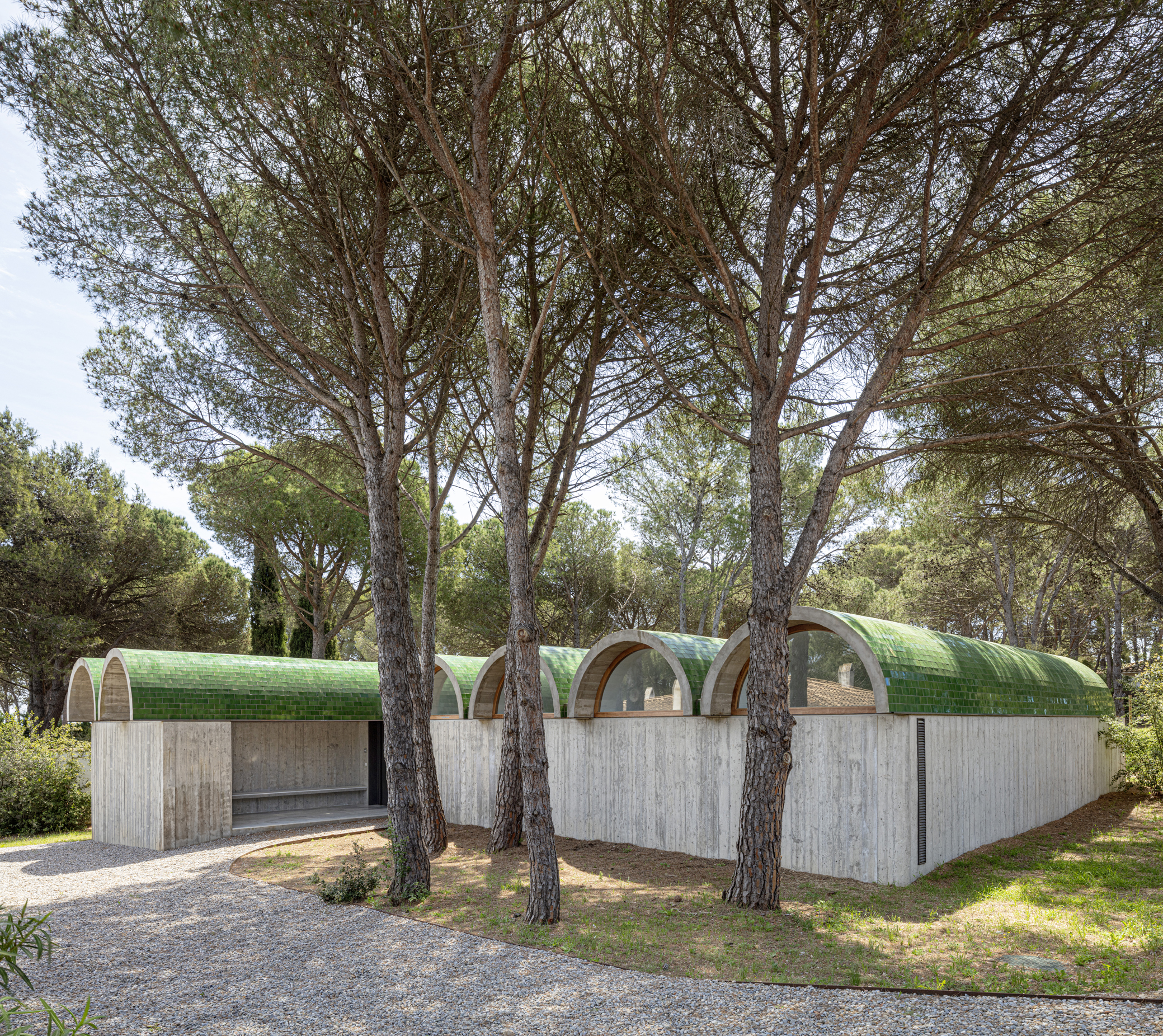
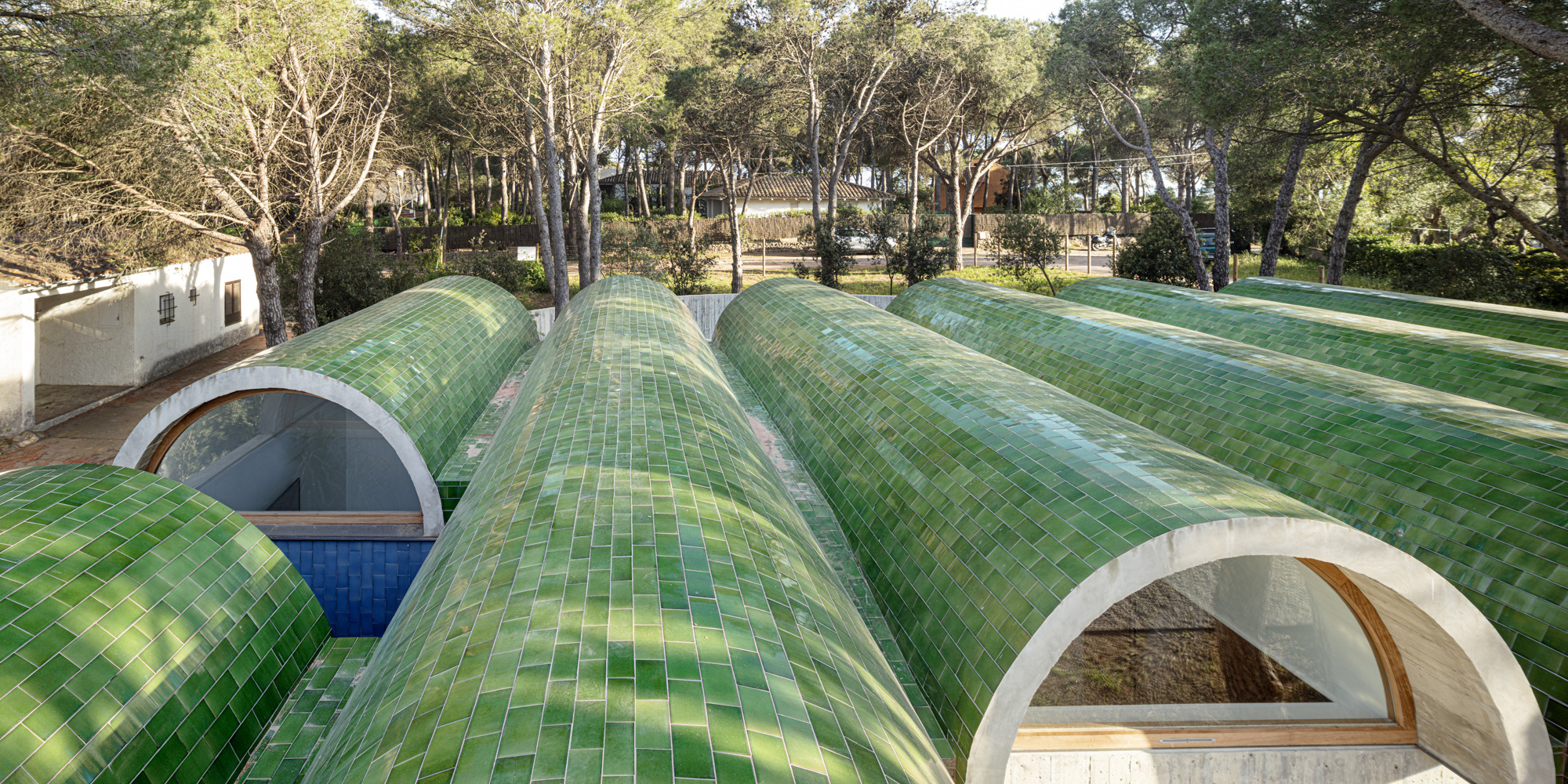
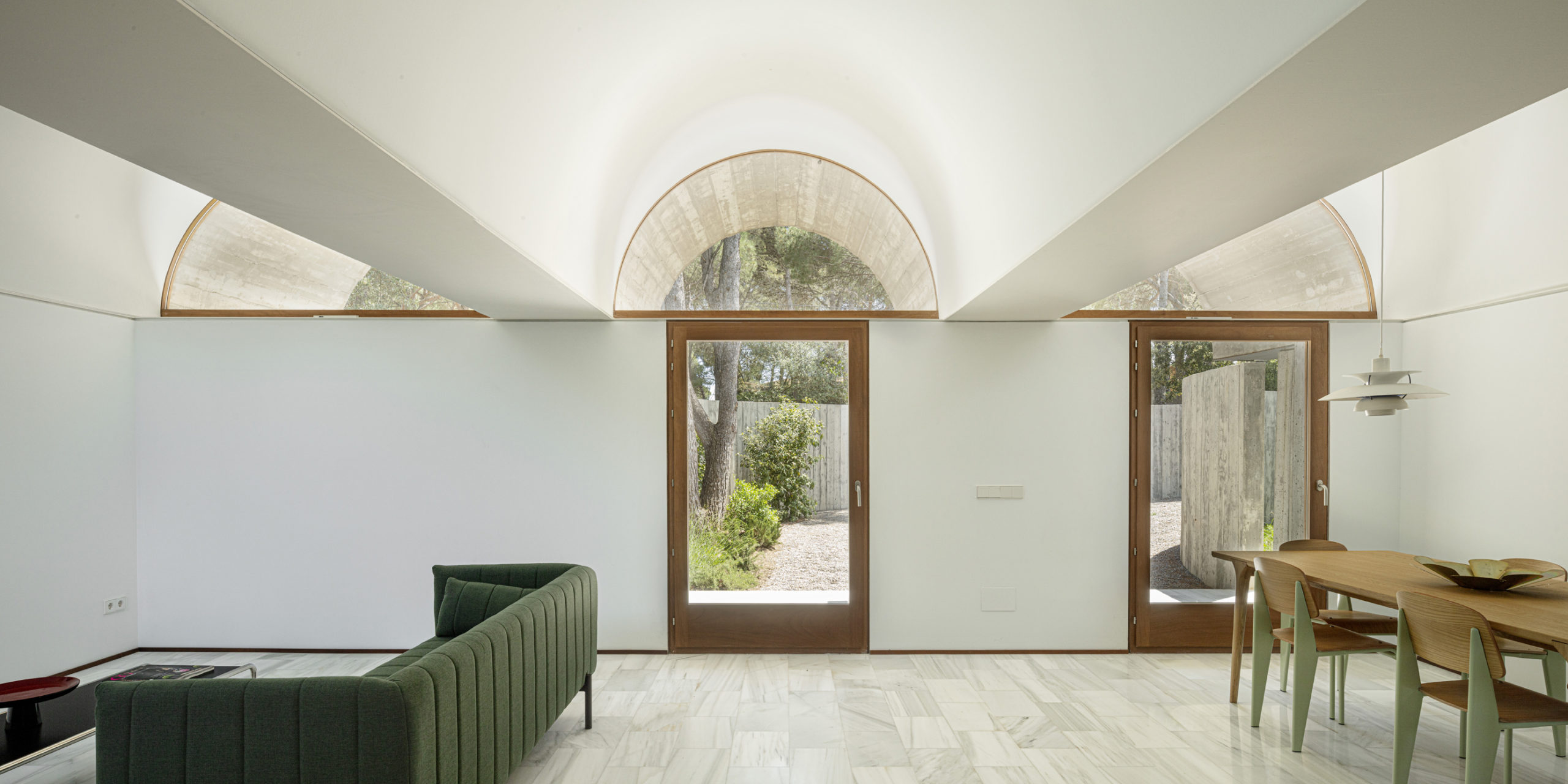
Photos by Adrià Goula
Designed for a couple with two children, this one-story summer residence brings a jolt of playfulness to the forested aera of L’Escala in the Catalan region of Spain. The high walls of textured reinforced concrete support rows of cantilevered semicircular vaults made highly visible by the green vitrified tiles that blanket the external portion of the arches. One major challenge for BELLAFILARQUITECTES was to incorporate the lot’s pre-existing trees into the design to preserve as much of the surrounding nature as possible. Not only did the firm achieve this, but they added their own bit of green canopy to boot.
Arijiju
By Nicholas Plewman Architects and Michaelis Boyd, Borana Ranch, Kenya
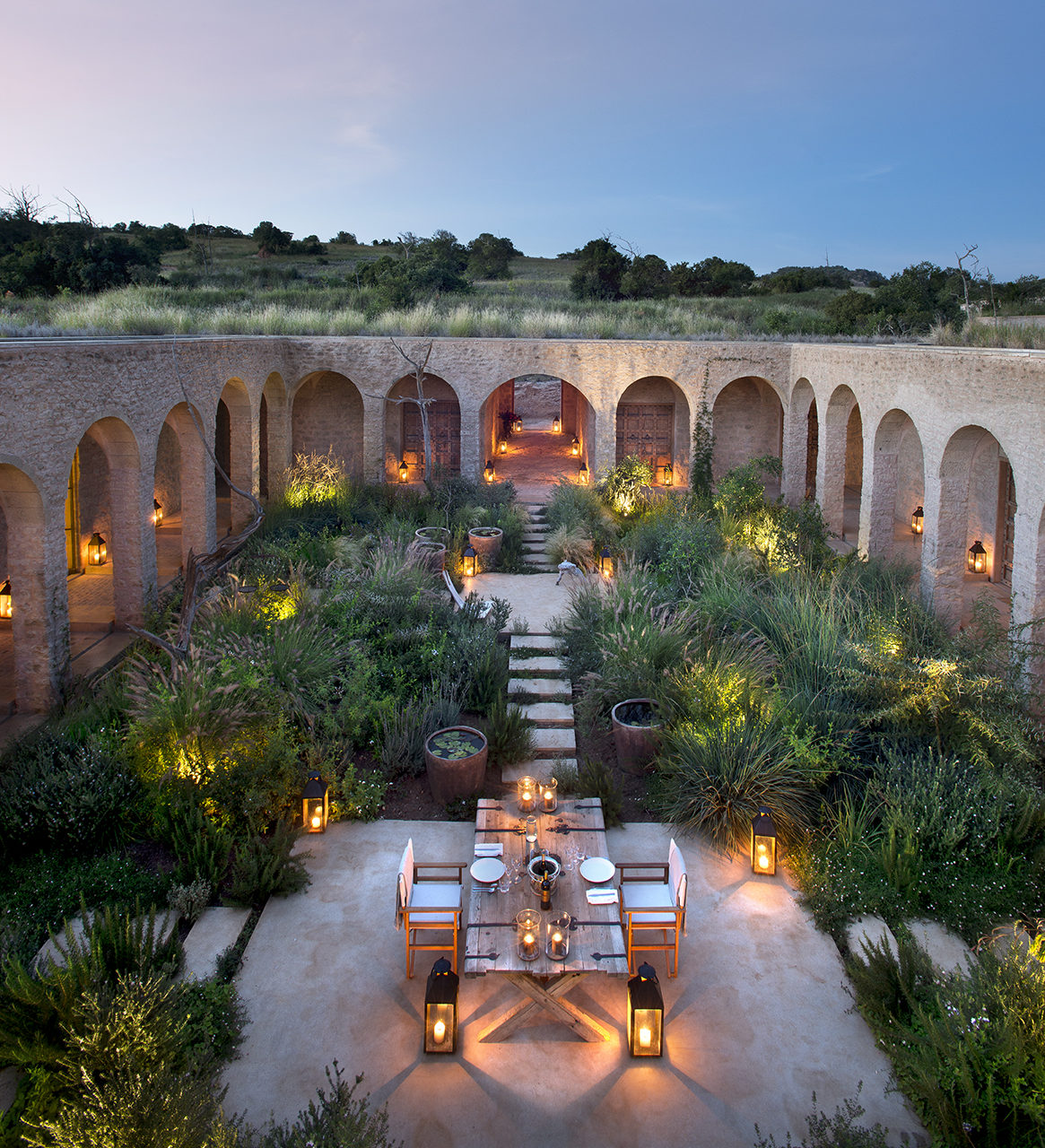
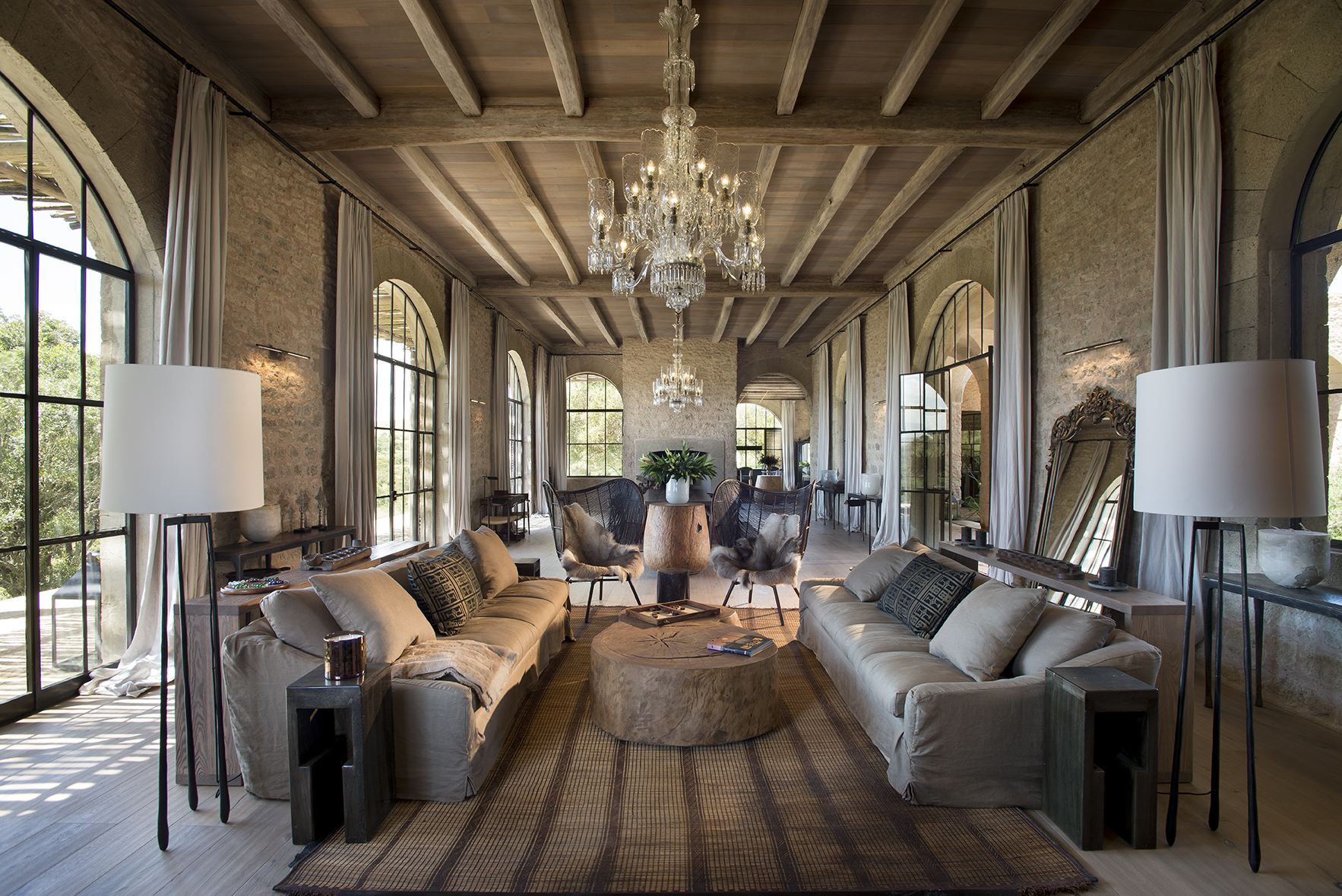
Photos by Nicholas Plewman Architects
This new resort hotel is comfortably ensconced within the lush woodlands of the Borana Ranch in Kenya, as if it has long been part of the ecosystem. The recurring arch motif made with weathered stone along all façades of the hotel presents a deceptively antique quality to the building. It is at times sturdy and imposing, but very much in sync with the nature it cohabits with.
Jojutla Central Gardens
By Estudio MMX, Jojutla, Mexico
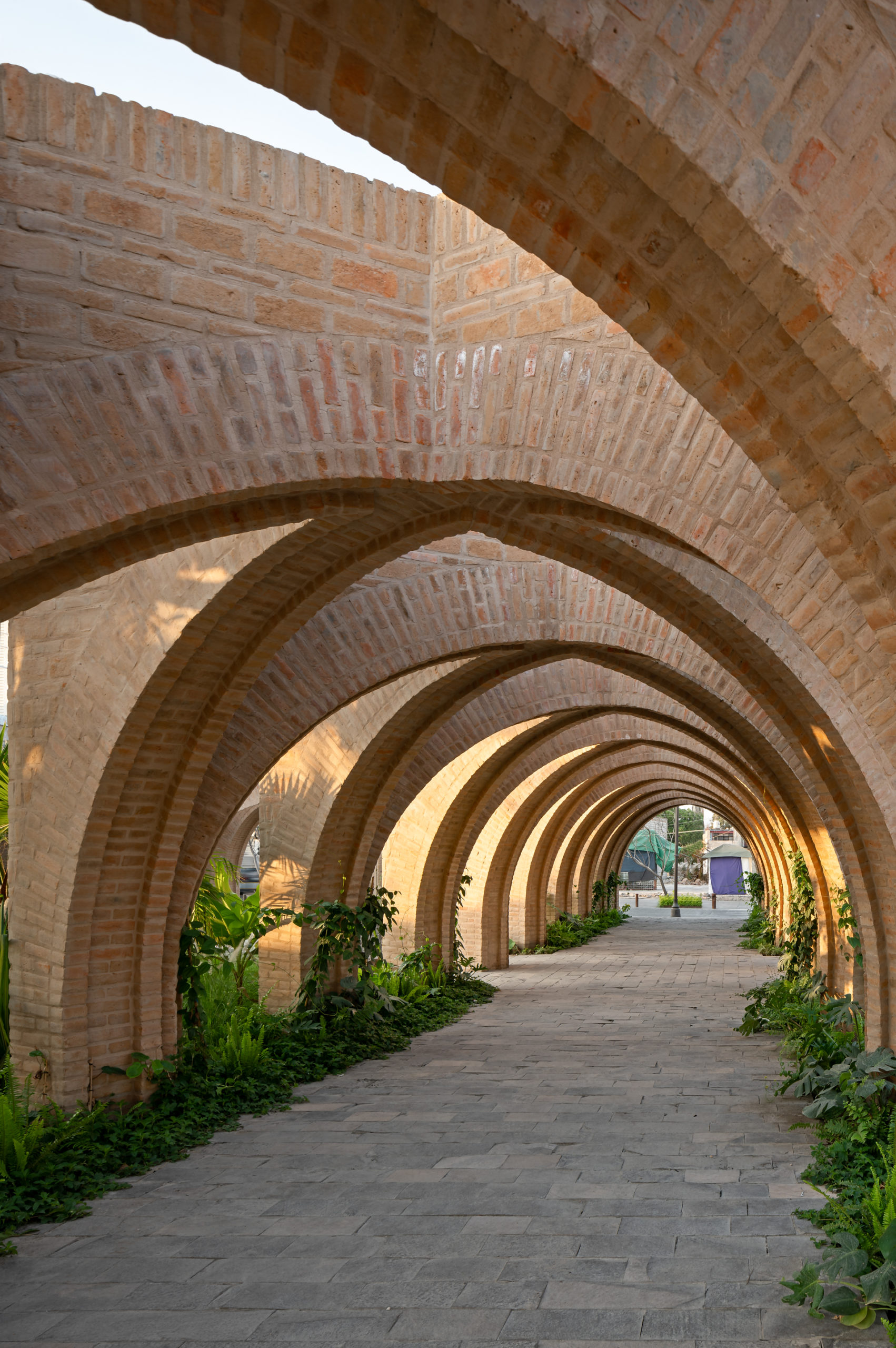
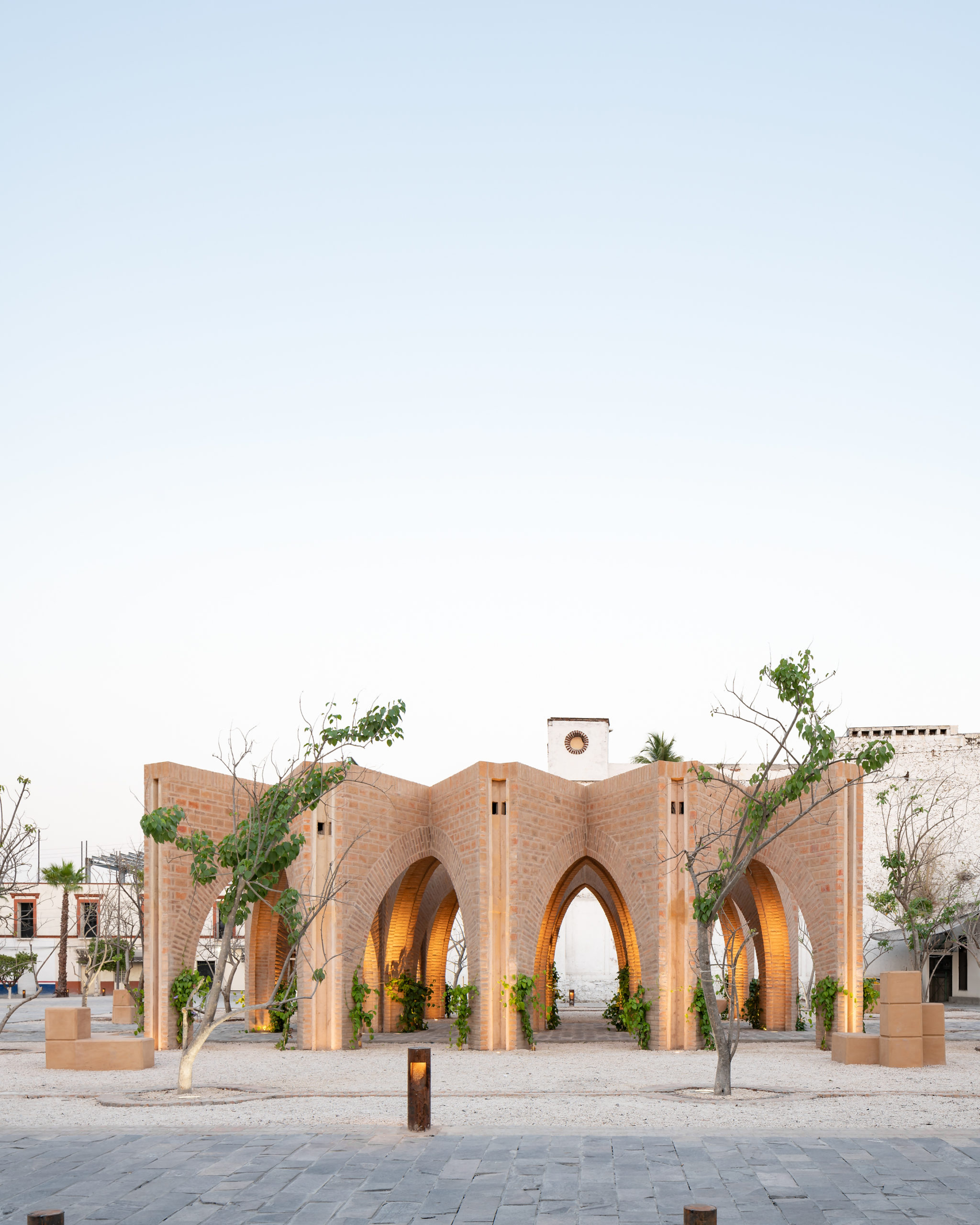
Photos by Dane Alonso
The main challenge or Estudio MMX when designing this public garden in Jojutla, Mexico was to rebuild a lasting identity for the community after an earthquake devastated the municipality in 2017. The firm chose trees as their design inspiration, one of the few elements to have largely survived the earthquake and subsequently becoming a symbol of the community’s resilience.
As such, the intersecting arch pattern, made from artisanal ochre brick and paired with an array of local flora, commemorates the inter-lapping canopy created by the garden’s ancient trees nearby. Moreover, the interdependence created by the arches between each strand of the structure offers a prescient symbol of strength in unity – illustrative of the rapidly rebuilding community.
City and Nature Master Garden
By Martha Schwartz Partners, Xi’an, China

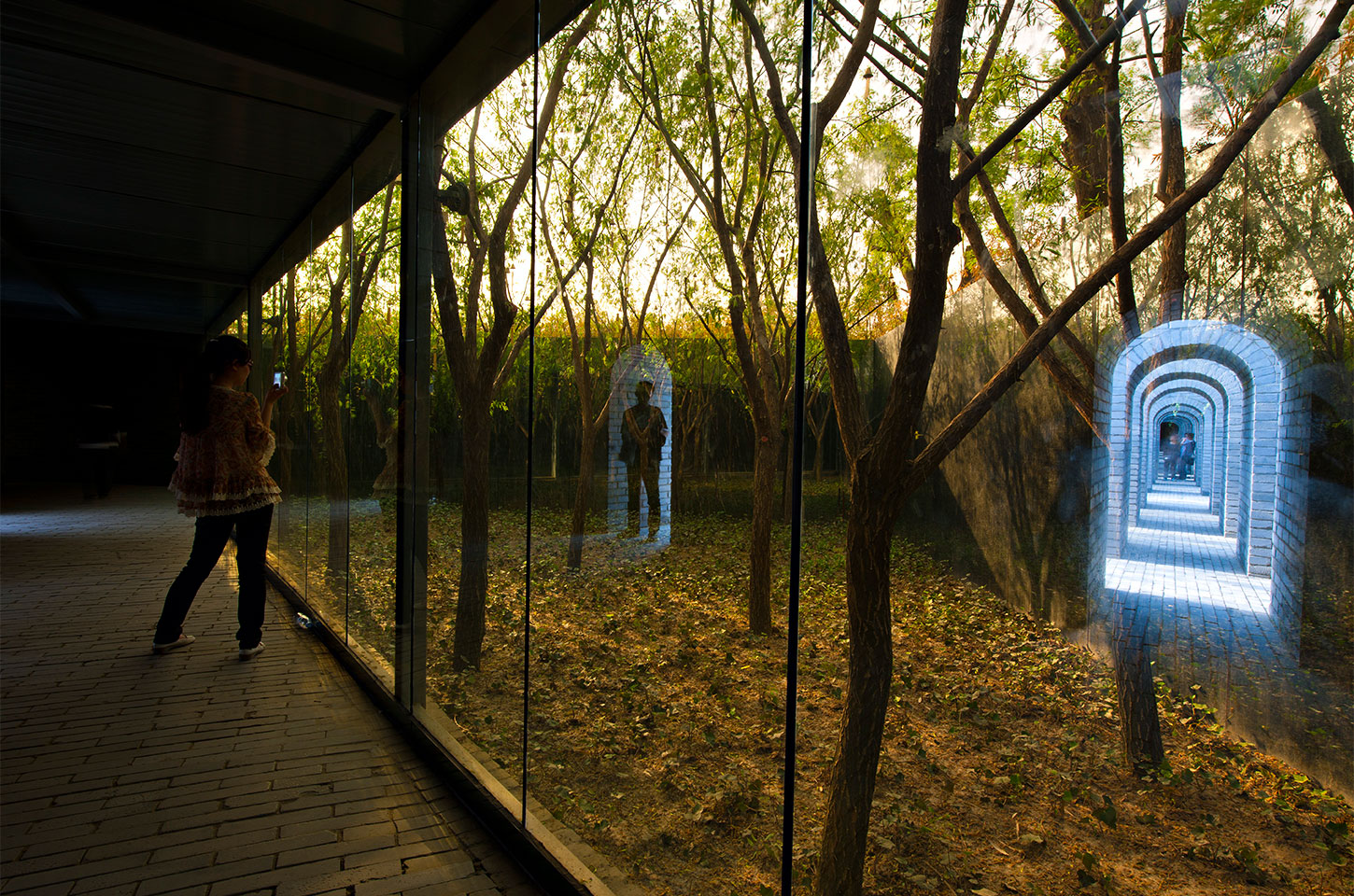 This garden installation in Xi’an, China merges city and nature with four elements derived from vernacular Chinese architecture: grey brick walls and paving, weeping willows, mirrors and bronze bells. 10-foot-high (3 meters) brick walls form a miniature walled-in “city.” Within it, visitors travel through arched entrances that turn into an increasingly complex maze, replete with optical illusions and creative connections with the willows above.
This garden installation in Xi’an, China merges city and nature with four elements derived from vernacular Chinese architecture: grey brick walls and paving, weeping willows, mirrors and bronze bells. 10-foot-high (3 meters) brick walls form a miniature walled-in “city.” Within it, visitors travel through arched entrances that turn into an increasingly complex maze, replete with optical illusions and creative connections with the willows above.
The Ancient Church of Vilanova de la Barca
By AleaOlea architecture & landscape, Vilanova de la Barca, Spain


Photos by Adrià Goula
This 13th century gothic church in the Spanish town of Vilanova de la Barca has remained in a general state of ruin since it was partially demolished in 1936 during the Spanish Civil War. That is until AleaOlea architecture & landscape undertook major restorations to transform the building into a new multi-purpose hall.
The renovation is not a historical replica but a minimalist refurbishing that highlights the medieval qualities of the original remaining structure. The luminous interior and understated contemporary additions help recontextualize the ancient church, allowing visitors to appreciate the structure for its architectural qualities. Most prominent is the late Gothic style ribbed vault, which delineates the original apse and can now be admired in all of its intricacies.
Da Chang Muslim Cultural Center
By Architectural Design & Research Institute of Scut, Hebei, China
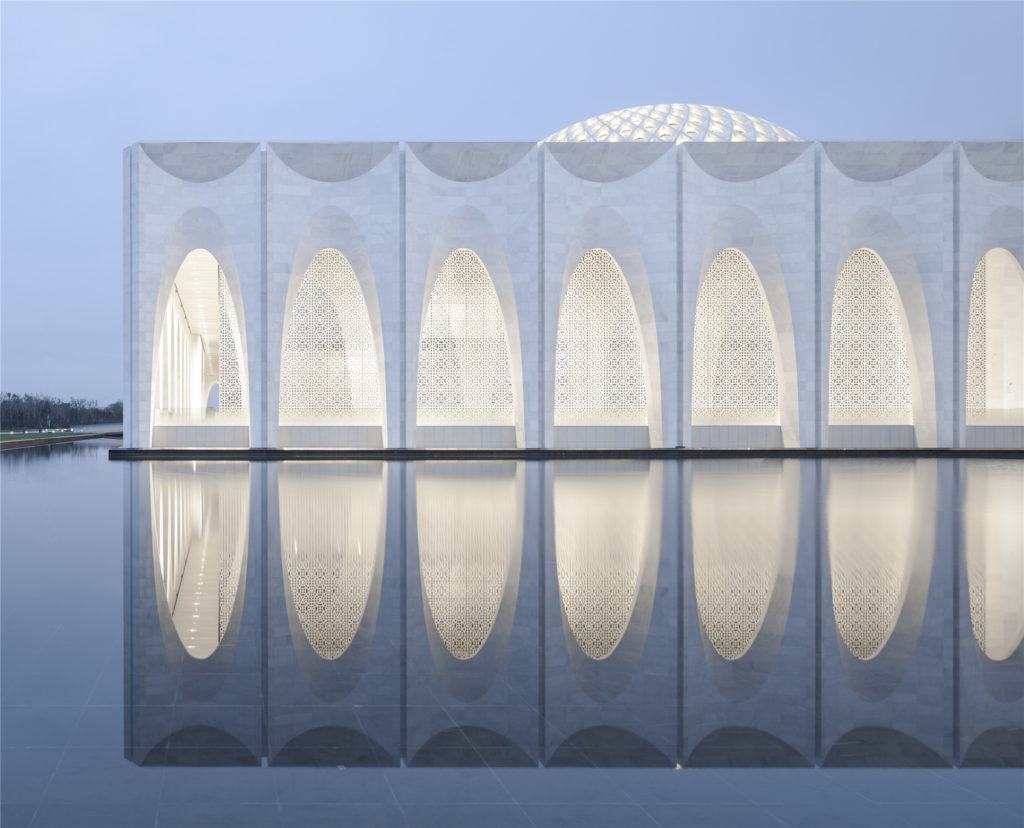
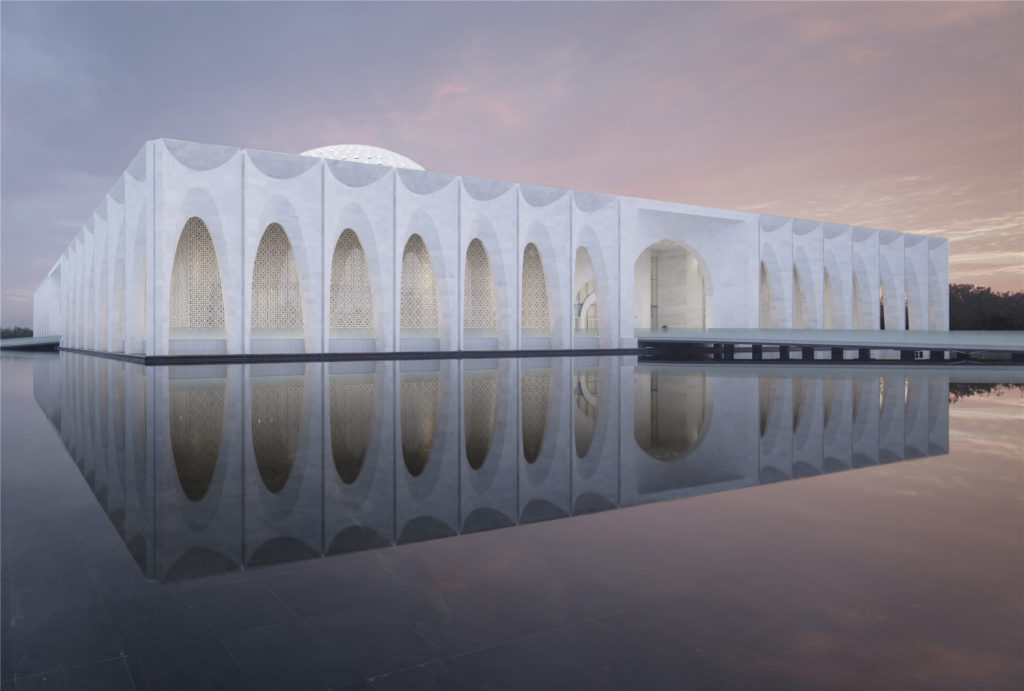
Photos by Yao Li
The Da Chang Muslim Cultural Center, located on the outskirts of Beijing, subtly interprets the spatial structure of a traditional mosque with new materials and technologies. In particular, the arches that surround the structure — a defining trait of Islamic architecture — shrink into graceful curves from the bottom up. A reflective pool, meanwhile, mirrors the arches below, extending the structure’s architectural elegance beyond its physical limits.
Architects: Want to have your project featured? Showcase your work through Architizer and sign up for our inspirational newsletters.






